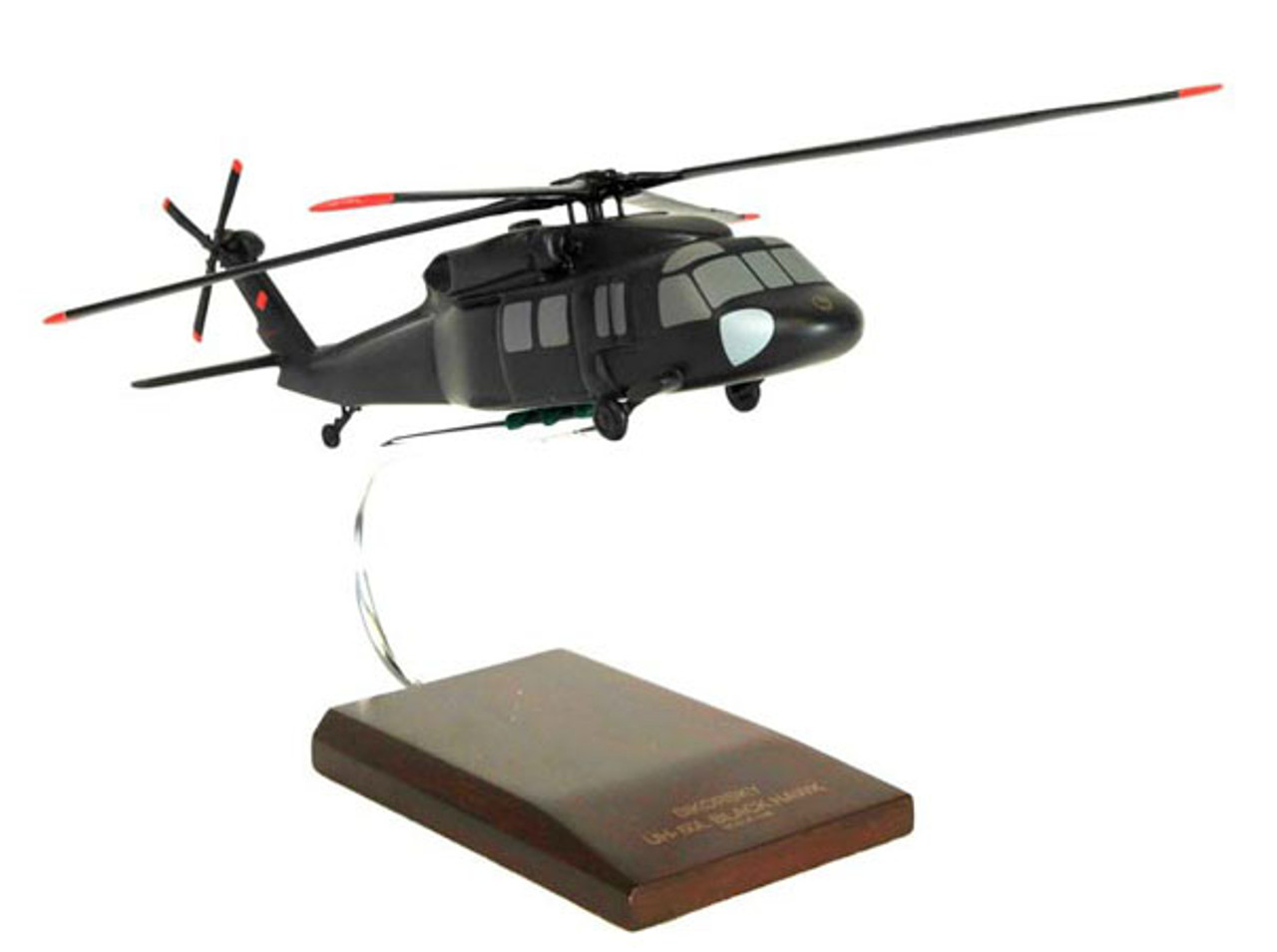Grasping UH-60: Advice for Success
Grasping UH-60: Advice for Success
Blog Article
The Ultimate Guide to Optimizing Uh 60 for Maximum Effect
As air power capacities continue to advance, the requirement for maximizing the performance of the UH-60 helicopter comes to be increasingly crucial. In the realm of aeronautics, effectiveness and effectiveness are critical. The Ultimate Overview to Maximizing UH-60 for Maximum Effect explores an extensive review of performance upgrades, engine tuning methods, weight decrease approaches, aerodynamic enhancements, and maintenance and care ideas. By applying these strategies, operators can unlock the full capacity of the UH-60, guaranteeing it runs at its peak efficiency degrees. Yet what specific techniques and insights are included in this guide that can really make a distinction in making best use of the impact of this versatile aircraft?
Efficiency Upgrades
To enhance the functional efficiency and performance of the Uh-60, performance upgrades play a critical function in maximizing its capabilities. Updating the engine system can significantly improve power output, enhance gas efficiency, and improve the helicopter's efficiency in various operating problems.
Furthermore, structural upgrades such as including aerodynamic improvements or advanced materials can enhance the Uh-60's ability to move, speed, and total efficiency envelope. Upgrading essential elements like rotor blades, touchdown gear, or mission systems can likewise add to expanding the aircraft's service life and lowering upkeep requirements. By investing in efficiency upgrades, drivers can make certain that their Uh-60 helicopters remain at the leading edge of contemporary capacities, allowing them to fulfill a wide variety of objectives with improved performance and performance.
Engine Adjusting Techniques
When enhancing the performance of the Uh-60 helicopter, executing exact engine adjusting methods is crucial for maximizing power result and efficiency. Engine adjusting entails readjusting numerous criteria to make certain the engine runs at its peak efficiency degrees. One critical facet of engine adjusting is gas blend optimization. By meticulously readjusting the air-fuel proportion, the engine can accomplish much better combustion efficiency, leading to increased power result and gas effectiveness.
One more vital engine adjusting method is ignition timing modification. By fine-tuning the ignition timing, the spark plug stirs up the air-fuel blend at the most opportune minute, maximizing power generation and boosting general engine performance. In addition, enhancing the air movement right into the engine via methods like installing high-flow air filters or updating the intake system can boost combustion performance and power result.
Normal maintenance and surveillance of engine elements are also essential for efficient engine tuning - uh-60. Keeping the engine well-maintained makes sure that it performs ideally and prolongs its life expectancy. Overall, by carrying out these engine tuning methods, drivers can considerably boost the performance and effectiveness of the Uh-60 helicopter
Weight Decrease Techniques

Enhancing fuel lots based on goal demands can considerably impact weight decrease. Bring only the required amount of fuel for a particular goal lowers excess weight, resulting in enhanced fuel performance and functional range.
Employing innovative manufacturing techniques, such as additive production, can likewise contribute to weight decrease by producing complex geometries that are both light-weight and structurally sound. By implementing these right here weight decrease techniques, operators can improve the Uh-60 helicopter's maneuverability, haul capability, and total performance.
Wind Resistant Enhancements
Enhancing the aerodynamics of the Uh-60 helicopter is essential for enhancing its overall performance and performance. By making changes to decrease drag and boost lift, the helicopter can fly much more efficiently, take in much less fuel, and accomplish higher speeds. One usual aerodynamic improvement is the installation of structured fairings on exposed mechanical elements to reduce air resistance. Furthermore, changing the shape of the rotor blades can dramatically impact the helicopter's efficiency by boosting lift and decreasing sound degrees.
In addition, enhancing the body design by incorporating aerodynamic principles such as lowering sharp edges and improving the general form can boost the helicopter's maneuverability and fuel effectiveness. The calculated positioning of vortex generators on the airplane's surface areas can also help manage air flow, lessen disturbance, and boost security throughout trip. These aerodynamic enhancements not only boost the Uh-60 helicopter's efficiency yet also add to a safer and much more economical procedure, making it a critical facet of taking full advantage of the helicopter's effect in different objectives.
Upkeep and Care Tips
To guarantee the continued optimal performance of the Uh-60 helicopter, diligent upkeep and care practices are necessary, building on the wind resistant enhancements previously discussed. Regular inspections of dig this the blades system, engine parts, avionics, and architectural integrity are necessary to identify and address any kind of prospective problems promptly. Scheduled upkeep tasks outlined in the supplier's standards must be strictly complied with, consisting of lubrication of moving components, filter substitutes, and system checks. Furthermore, maintaining the helicopter tidy from debris, dust, and dust not just preserves its look however also protects against prospective damages and makes sure operational performance. Appropriate storage space in a hangar or protected area guards the Uh-60 from environmental components that could weaken its performance with time. Routine training for upkeep workers on the most recent technologies and procedures is critical to ensuring that the helicopter obtains the most effective treatment possible. By complying with these upkeep and care ideas, operators can make best use of the longevity and effect of their Uh-60 helicopters.
Conclusion
In final thought, enhancing the UH-60 for optimal influence requires a mix of efficiency upgrades, engine adjusting strategies, weight decrease approaches, aerodynamic enhancements, and proper maintenance and care. By executing these techniques, the UH-60 can operate a lot more effectively and successfully, inevitably raising its total influence and efficiency capacities. It is important to focus on these optimizations to make certain the UH-60 can accomplish its desired objective and attain optimal success in its objectives.
By investing in performance upgrades, operators can ensure that their Uh-60 helicopters continue to be at the center of modern-day abilities, enabling them to satisfy a broad range of goals with boosted effectiveness and efficiency.
When enhancing the performance of the Uh-60 helicopter, applying exact engine tuning techniques is essential for maximizing power outcome and effectiveness. Overall, by applying these engine adjusting methods, operators can dramatically improve the performance and performance of the Uh-60 helicopter.

Report this page